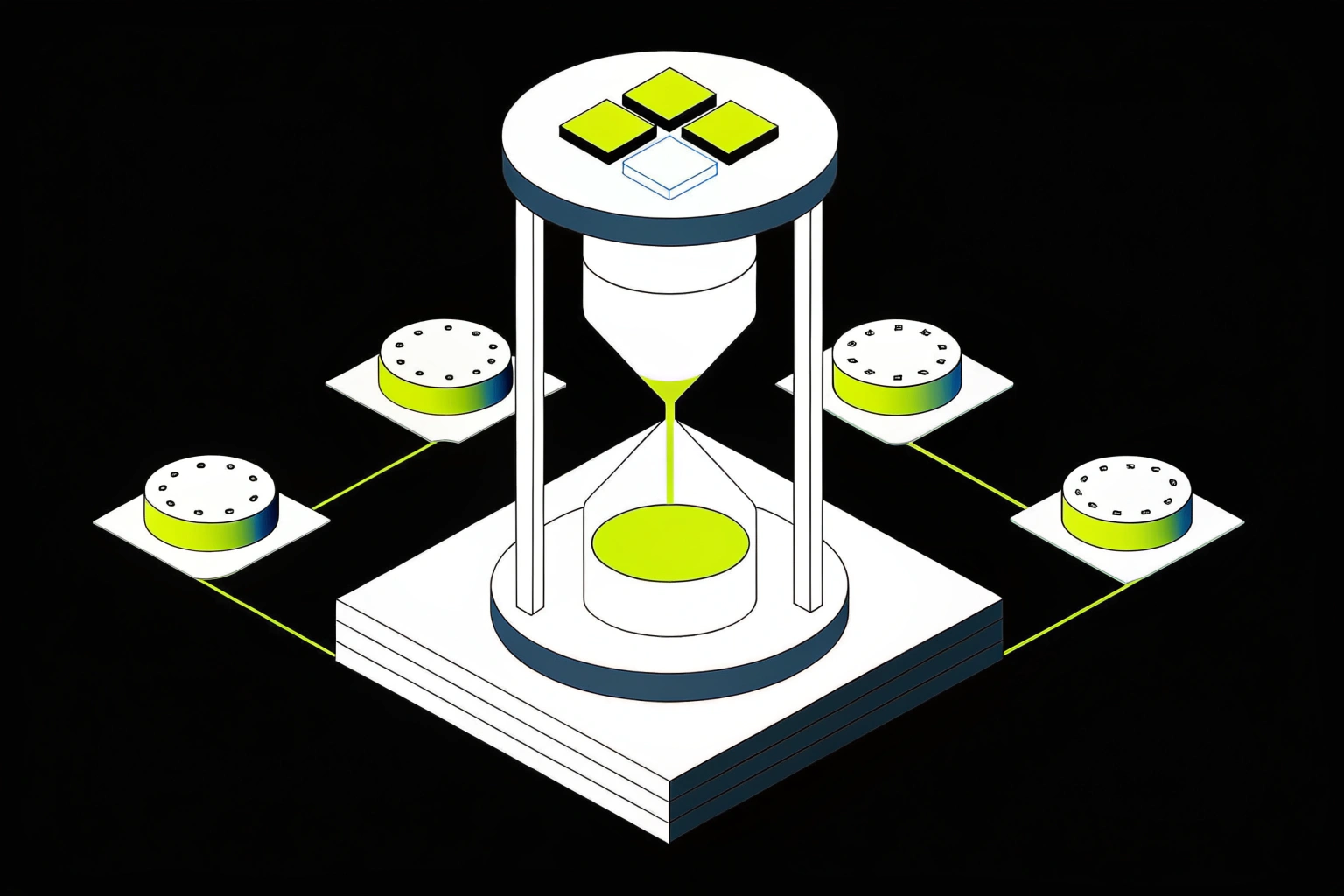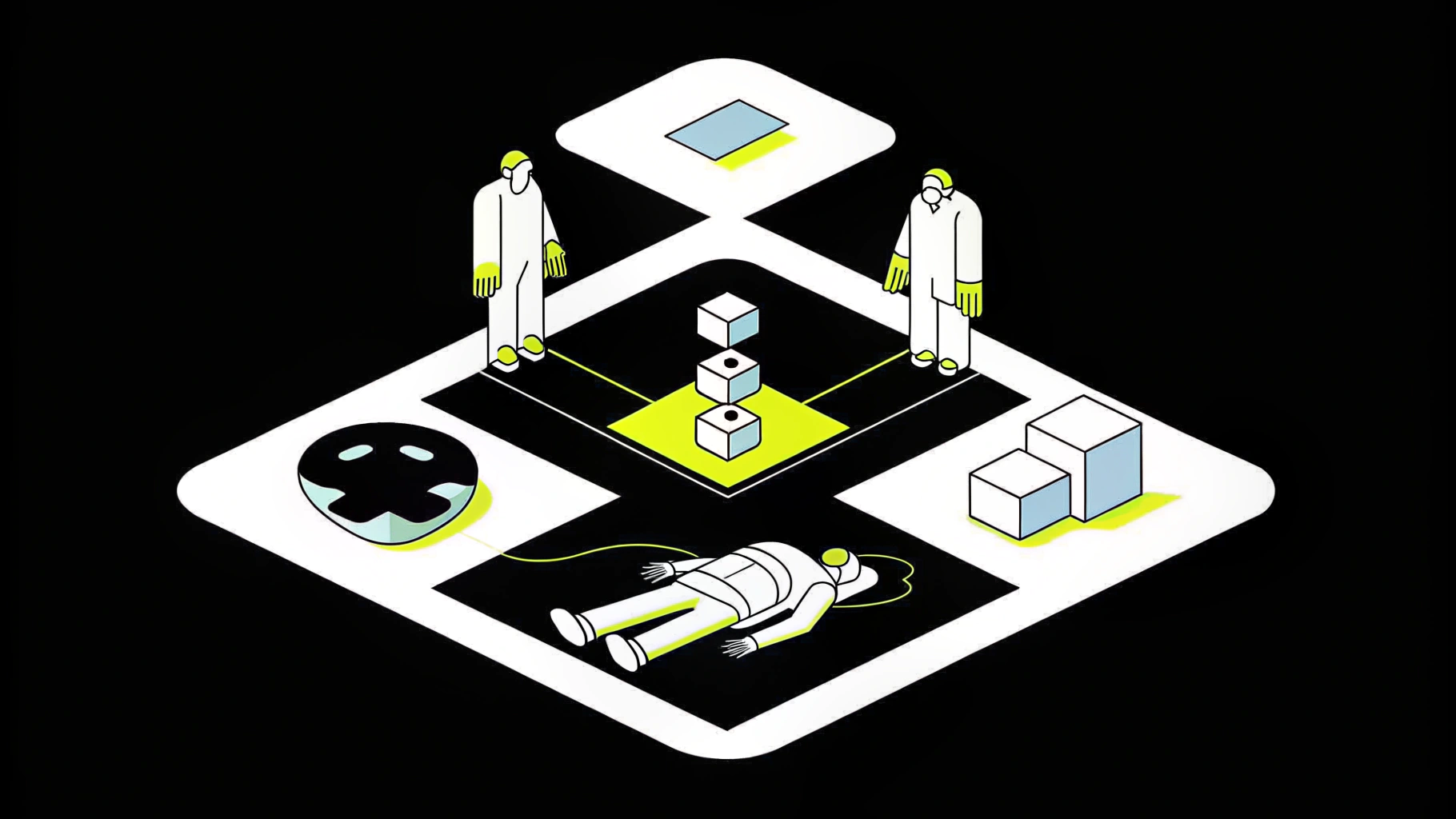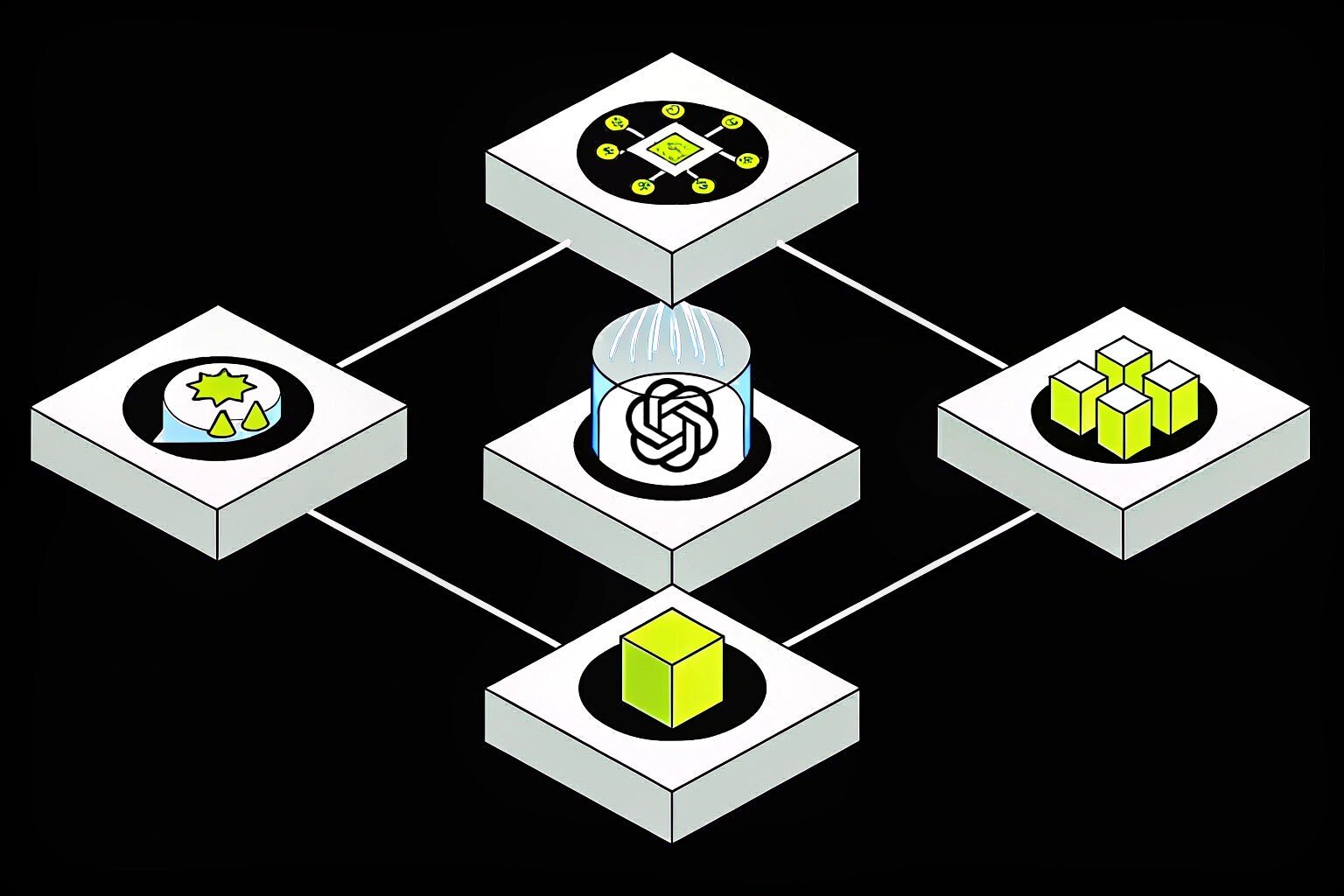How to Build Scalable GenAI Infrastructure in 48 Hours (Yes, Hours)

Learn how Cake helped a team scale GenAI infrastructure in just 48 hours. Secure, observable, and composable, no glue code or rewrites required.
People are often surprised (and sometimes, understandably, a little skeptical) when they hear that with Cake, you can scale a secure, observable GenAI system to production in as little as 48 hours when traditionally this process is measured in weeks.
What’s better? You can do it sans rewrites, without vendor lock-in, and with zero glue code. Just production-grade infrastructure that works with the stack you already have.
This kind of speed is unheard of in enterprise AI. Most systems take months (sometimes a full year) to become production-ready. Not because the models are slow, but because the infrastructure is:
- Hard to integrate: Tools like vLLM, Langfuse, and Ray Serve weren’t built to work together out of the box.
- Difficult to secure: Setting up RBAC, ingress policies, and audit logs across services takes real effort.
- Missing observability: You can’t fix what you can’t see, and tracing across orchestration layers is notoriously painful.
- Slow to scale: Running inference locally might work in dev, but not when traffic spikes or routing gets complex.
Cake simplifies all of this. It’s a composable infrastructure layer built to help AI teams move from prototype to production fast without ditching the tools they love.
Skeptical? Fair enough. Let me show you how one team did it.
BLOG: Deploy AI models to production nearly 4X faster with Cake
A working prototype, but a stack that couldn’t scale
Recently, a team came to us with a familiar setup: they were self-hosting vLLM for inference, had some basic orchestration in place, and were preparing for a broader rollout. On paper, they were in good shape: no off-the-shelf platforms, no black-box dependencies, and full control over their models and serving logic.
But as usage grew, so did the friction:
- Inference bottlenecks under load
- No structured observability or latency insight
- Internal auth and security requirements
- Disconnected model routing logic
They weren’t looking for a new framework—they had one that worked well enough. What they needed was infrastructure that could support it: secure, observable, and resilient under real-world conditions.
Instead of forcing them to adopt a new stack, Cake integrated directly with what they already had. Here’s what we stood up:
|
Challenge |
What Cake provides |
|
|
Multi-node inference |
|
|
|
Autoscaling |
Kubernetes policies tied to load and latency |
|
|
Metrics & dashboards |
Prometheus + Grafana for QPS, p90, time-to-first-token |
|
|
Tracing |
Langfuse tracing across orchestration and model layers |
|
|
Secure access |
Istio ingress + IDP integration + RBAC |
|
|
Model routing |
LiteLLM proxy with A/B testing and fallback logic |
|
We didn’t replace their tools or rewrite their pipelines; we turned their existing stack into a production-grade system with security, observability, and scalability built in. And we did it in less than 48 hours.
Results:
Live in production in <48 hours
No major rewrites
$1M+ in engineering time saved
The underlying logic didn’t change. The stack just grew up—fast.
Why does this usually take months?
Most GenAI teams start fast. But once you move past the prototype phase, the gap between demo and deployment gets real.
Here’s what usually happens:
|
You want to… |
So you reach for… |
|
|
Run inference internally |
|
|
|
Add tracing + logs |
|
|
|
Secure the stack |
Istio, Envoy, IDP, RBAC |
|
|
Route across models |
LiteLLM, custom proxy layers |
|
|
Improve orchestration |
|
Individually, these are solid choices. But together, they require deep integration work—the kind that doesn’t scale, isn’t secure, and isn’t easy to maintain.
Cake isn’t another framework. It’s the glue infrastructure layer that makes open and proprietary components work together under production constraints.
Here’s what we solve:
|
Problem |
What Cake Provides |
|
|
Manual infra setup |
Kubernetes-native deployment in your cloud |
|
|
Missing observability |
Pre-integrated Langfuse, Prometheus, Grafana |
|
|
Complex integrations |
Recipes for inference, RAG, agentic flows |
|
|
Rigid pipelines |
Composable components with clean interfaces |
|
|
Security complexity |
Built-in RBAC, IDP auth, audit logs, service mesh |
|
|
Long time-to-production |
Go live in days, not quarters |
|
You keep your models, your prompts, and your preferred stack. Cake provides the missing infrastructure to make them run reliably at scale.
What makes Cake different is how much of the hard work it handles for you:
- Everything is pre-integrated. Tools like Langfuse, Prometheus, Istio, and LiteLLM come wired together with production-ready defaults—no glue code or ad-hoc adapters required.
- Built for orchestration. Whether you’re scaling a single model or routing across multiple providers, Cake gives you runtime controls that make it easy to adapt your serving strategy over time.
- Production blueprints included. Need secure tracing across agentic workflows? Fine-grained RBAC for internal teams? Autoscaling with latency targets? Cake has pre-built configurations that get you there in hours—not weeks.
- Runs in your cloud. No vendor lock-in, no forced rewrites. Cake deploys as Kubernetes-native infrastructure in your environment, so you maintain full control.
This is what we mean by glue infrastructure: not another abstraction layer, but a composable foundation that connects the tools you already use and makes them work under real-world constraints—securely, observably, and fast.
IN DEPTH: Cake achieves SOC 2 Type 2 with HIPAA/HITECH certification
Why composability is your only safe bet
Most infrastructure bets are fragile. They assume you’ll stick with a single LLM provider, a single vector store, or a single orchestration pattern.
But the GenAI landscape moves fast. And if your stack can’t adapt, you’ll fall behind.
With Cake, you can:
- Swap OpenAI for Mistral (or anything else)
- Shift from basic RAG to agentic workflows
- Run side-by-side provider comparisons
- Trace impact of every change on latency, quality, and cost
And you can do all of it without rewriting your pipelines or hacking together one-off observability for each experiment.
Final thoughts
This isn’t about GenAI teams failing. It’s about how even great prototypes hit a wall without the right infrastructure.
Cake is what we wished we had: a secure, observable, and composable foundation that adapts as fast as the ecosystem evolves.
If you’ve already built something worth scaling, we can help you get it there in just 48 hours.
About Author

Skyler Thomas
Skyler is Cake's CTO and co-founder. He is an expert in the architecture and design of AI, ML, and Big Data infrastructure on Kubernetes. He has over 15 years of expertise building massively scaled ML systems as a CTO, Chief Architect, and Distinguished Engineer at Fortune 100 enterprises for HPE, MapR, and IBM. He is a frequently requested speaker and presented at numerous AI and Industry conferences including Kubecon, Scale-by-the-Bay, O’reilly AI, Strata Data, Strat AI, OOPSLA, and Java One.
More articles from Skyler Thomas
Related Post

Why 90% of Agentic RAG Projects Fail (and How Cake Changes That)

Skyler Thomas

GPT-5 Is Here. So Why Are You Still Waiting to Build?

Carolyn Newmark

The Hidden Costs Nobody Expects When Deploying AI Agents
Skyler Thomas & Carolyn Newmark

Shadow AI: The Silent Budget Killer Inside Every Company
Skyler Thomas & Carolyn Newmark